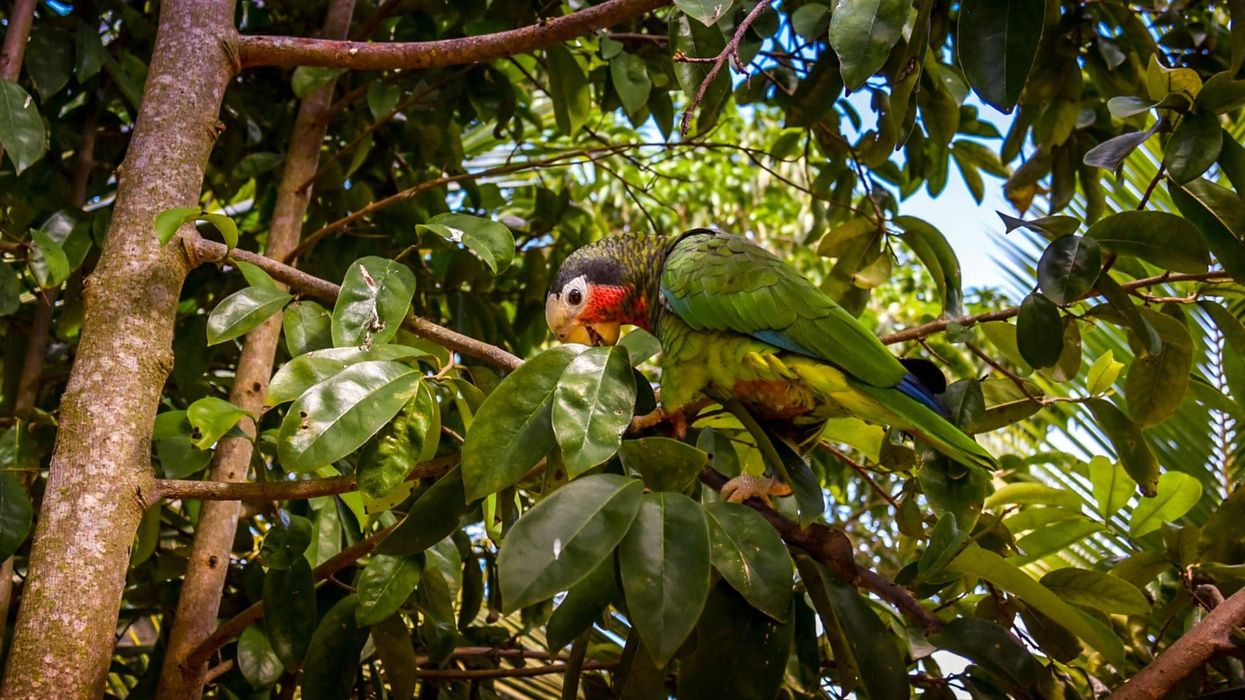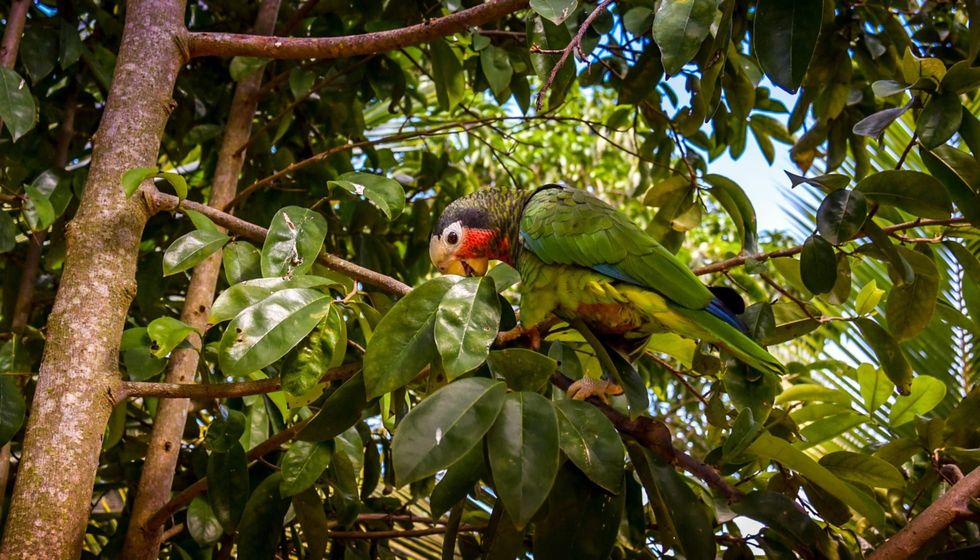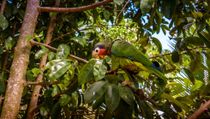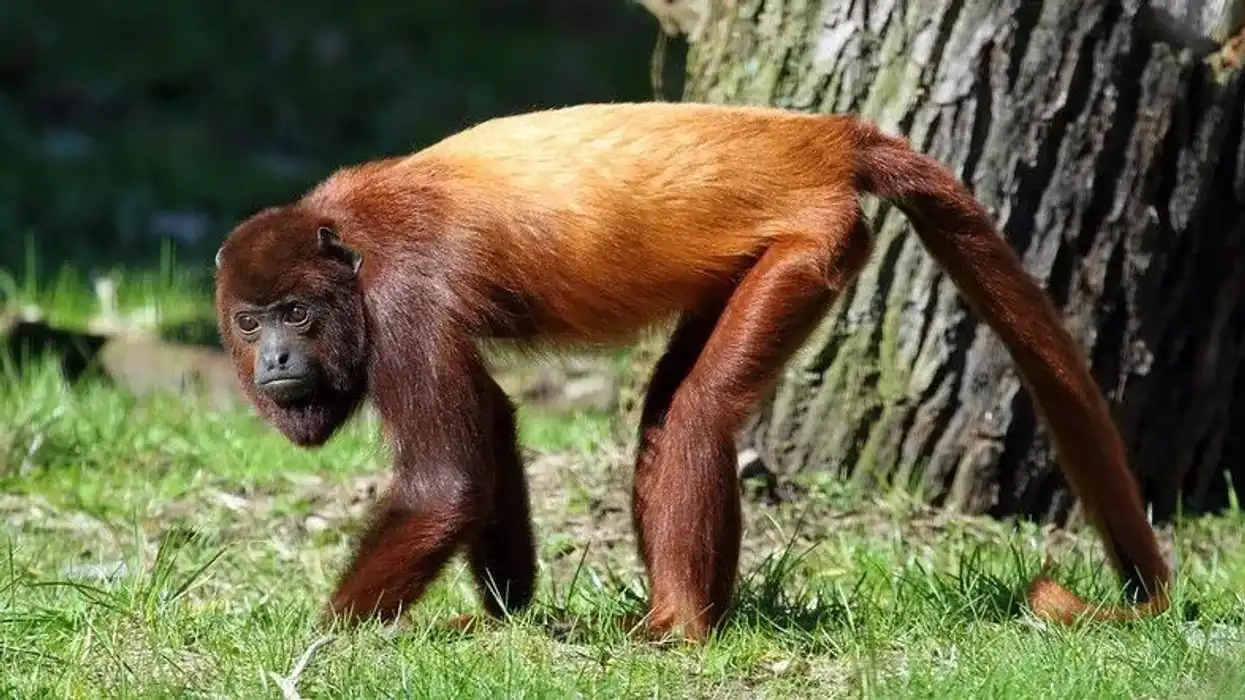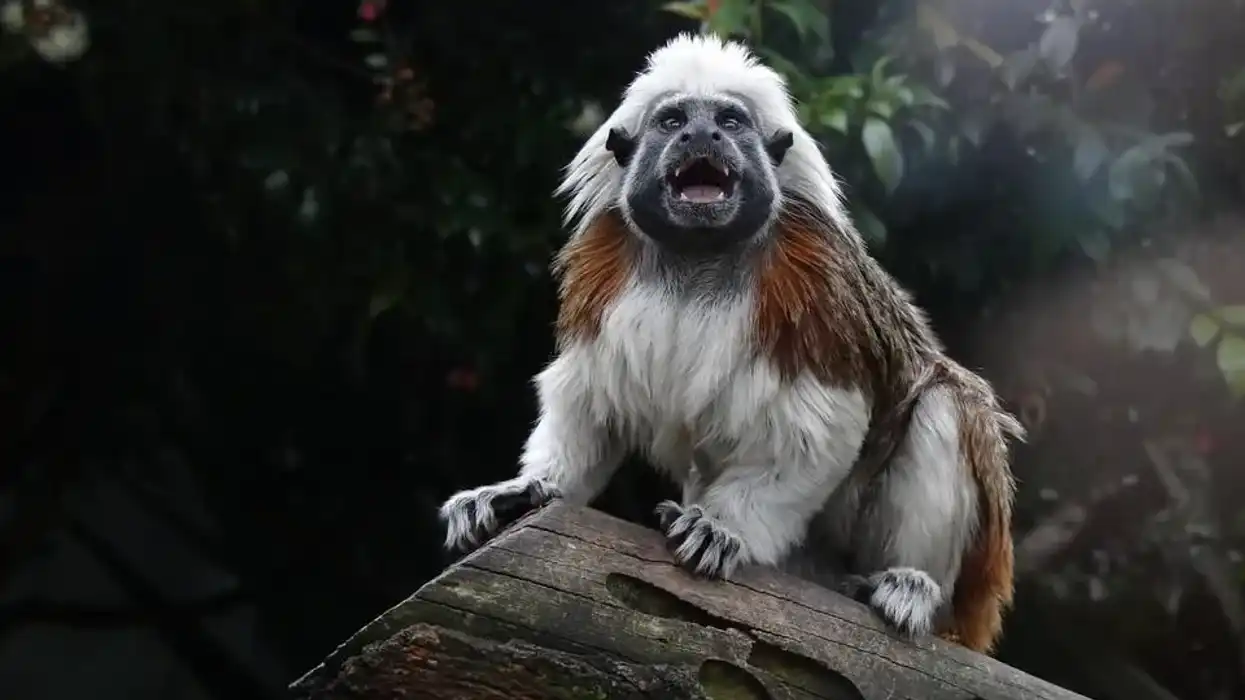Fun Cuban Amazon Facts For Kids

Parrots have always intrigued us with their ability to speak and learn human words. Amongst species of parrots around the world, very few are as good at talking as Amazon parrots.
Cuban parrots are parrots that belong to this Amazonian family. As the name suggests, they are native to the land of Cuba, while subspecies have also been found in other islands of the Caribbeans.
There are four subspecies of this bird. They are the Cuban Amazons (Amazona leucocephala leucocephala), the Bahaman Amazons (Amazona leucocephala bahamensis), and the Cayman Amazons that are divided into the Grand Cayman Amazons (Amazona leucocephala caymanensis) and the Cayman Brac Amazon (Amazona leucocephala hesterna).
There was a fifth subspecies called the western Cuban Amazons or the Amazona leucocephala palmarum, but that was later integrated into Amazona leucocephala leucocephala. So, read on to learn more about these amazing talking birds from the Central Americas.
For more articles about other birds, take a look at these hawk facts and eagle facts!
Cuban Amazon Interesting Facts
What type of animal is a Cuban Amazon?
The Cuban Amazon (Amazona leucocephala) is a parrot species endemic to Central American regions of Cuba, the Cayman Islands (both the Grand Cayman and Cayman Brac), and the Bahamas. There are four subspecies, each of which is indigenous to these islands. Due to their rosy pink coloration on their throat, they are also called the rose-throated parrot.
What class of animal does a Cuban Amazon belong to?
The Cuban parrot (Amazona leucocephala) belongs to the class of Aves. Further, it belongs to the genus Amazona and the family Psittacidae. All subspecies of the Cuban parrot are part of the genus Amazona.
How many Cuban Amazons are there in the world?
While these birds have had to deal with a decreasing population, the International Union For Conservation Of Nature estimates that there are 16000 - 27000 mature Amazona leucocephala (Cuban parrot) adults in the wild.
There are some reports which put the number of Cuban parrots distributed throughout Cuba to be around 10,000, with Isla de la Juventud having around 1500 adults.
The Cayman Islands population is divided into two parts, with the Grand Cayman having more or less 7000 individuals while the Cayman Brac has a small population of 400 - 600 birds. The Great Inagua and the Aboca in the Bahamas have approximately 3,500 and 6,500 Cuban Amazon parrots, respectively.
There was a population on the island of Little Cayman, but they are thought to have gone extinct locally in the '40s.
Where does a Cuban Amazon live?
The Cuban Amazon (Amazona leucocephala) is a parrot that lives in a wide variety of habitats. Generally, their distribution is spread over different islands, with the most parrots living in Cuba.
This is followed by populations in Grand Cayman and the Bahamas. The Cayman Brac only has a few hundred of these species.
Interestingly, while the Cuban parrot has been spotted in countries further south, such as Nicaragua, they are not considered to be from there.
Scientists believe that populations spotted in such countries are parrots who have either escaped or lost their way to find themselves there. However, there are many of these birds in the US state of Florida due to the heavy influx of Cuban refugees who have bred these parrots there.
What is a Cuban Amazon's habitat?
When the distribution of a species is spread over four different islands, there are bound to be variations in their habitats. The Cuban parrot (Amazona leucocephala) lives in habitats ranging from woodlands, dry forests to pinewood trees and palm groves.
The parrots in Cuba generally prefer the densely forested areas of the Isla de la Juventud, even though there are some that are found in Savannah habitats.
Apart from this, this species is made up of diurnal birds. The birds have also never been noticed to live at 3600 ft (1097 m) above sea level.
Who do Cuban Amazons live with?
The Cuban parrot species live together in flocks. They are social birds that have groups comprising 30 - 40 individuals.
They are often seen in pairs during the breeding season while they maintain their flocks for the rest of the year. The Cuban Amazon parrot will often form smaller groups within their flocks for the purpose of feeding together. However, as the daylight fades away, the smaller groups will always reintegrate themselves with the flocks.
How long does a Cuban Amazon live?
Even though there isn't sufficient information regarding the lifespan of a Cuban parrot, we can estimate a few things. For most Amazon parrots, the lifespan varies between the years 50 - 60.
As it is part of the Amazona genus (Amazon parrots), we can assume the same for Cuban Amazon parrots. However, what we can confirm is that these parrots have a generational length of nine years.
How do they reproduce?
Cuban Amazons are seen in pairs during the breeding season, which takes place between the months of March and September. While it is unknown whether they indulge in courtship rituals, the Cuban Amazons mate for life; they are monogamous.
The breeding season also sees the parrot build its nest in tree cavities. These nest tree cavities are usually old nests of woodpeckers, while partially withered palm trees are also chosen.
Once the copulation is completed, females lay 2 - 5 white eggs. After an incubation period of 28 days, the eggs crack, and the chicks come out. This is one species of bird whose hatchlings are born blind and without any feathers.
Parent birds take care of the young, feeding them a diet based on regurgitated food. The hatchling's dependency on its parents decreases when it opens its eyes after 14 - 21 days.
What is their conservation status?
Due to practices such as trapping and ecological issues such as habitat destruction and deforestation, the population of this Amazon parrot species has been declining. As a result, the International Union For Conservation Of Nature has placed the Cuban Amazons under the category of Near Threatened.
Cuban Amazon Fun Facts
What do Cuban Amazons look like?
Cuban Amazons go by a host of other names due to their unique appearances. While they are mainly green in their plumage, there is blue coloration on their flight feathers.
The face, chin, and throat of the species have varying coloration from pink to rose, while the abdomen often has the color red. This leads to many calling them the rose-throated parrot.
There is also some white coloration on the forehead however, this is predominantly seen in the Cayman Island subspecies of the Cuban parrot. Yet, one shouldn't confuse them with the white-fronted parrots from the Amazons.
The legs of the parrot are pink in color, with the toes arranged in a manner known as zygodactylism. This is where the two front toes face forward while the two back toes point backward.
Interestingly, when they are in flight, the head of the species appears black. The yellow or light yellowish bill of this species is characteristic of general parrots due to their shortness and roundedness. The irises in their eyes have been observed to be the color olive green.
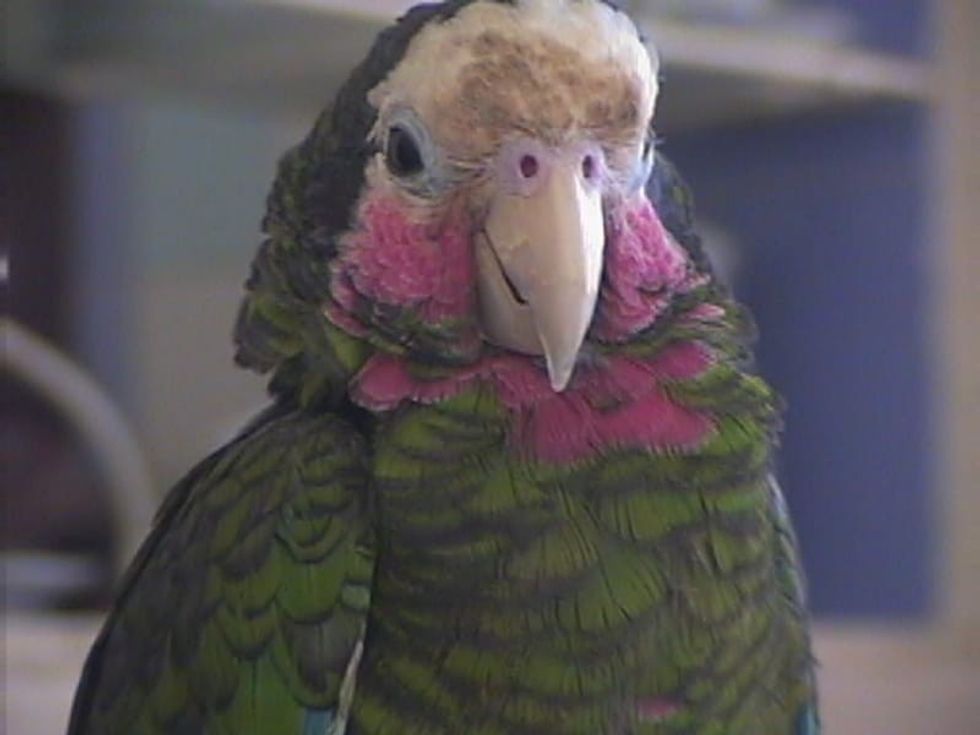
How cute are they?
This bird is one of the highest-priced parrots amongst all the Amazon variants. The colors on their bodies and their calls make them very cute. Also, the rose-colored patch on their throats adds to their uniqueness. Many may find this feature to be adorable.
How do they communicate?
Cuban parrots are a species that can be quite loud when flying around in flocks. The squawk-squawk sound that they make can only be heard while in flight. Apart from this, they have an array of sounds ranging from shrieks, loud calls to screeches.
Like all other Amazon parrots, the Cuban Amazon has the ability to be excellent talkers. They can be trained to say a lot of things. This is one of the reasons why many are kept as pets despite the declining population.
How big is a Cuban Amazon?
This species of parrots are medium-sized birds and are considered to be one of the smaller species amongst all Amazon parrots. Adults of this species can grow up to a length of 11 - 13 in (28-33 cm). In comparison, there are slightly bigger than mealy parrots and slightly smaller than the Senegal parrots.
How fast can a Cuban Amazon move?
While the exact speed of these parrots has not been calculated, we can assume that they are more or less close to the general parrot speed range of 40 - 50 mph (64 - 81 kph). The height at which this species usually fly is also not known.
How much does a Cuban Amazon weigh?
Cuban parrots are mostly not that heavy, with the average weight ranging between 8.4-9.1 oz (238-258 g). However, their weight may exceed 9.1 oz (258 g).
What are the male and female names of the species?
The males of this species are called cocks, while the females are called hens.
What would you call a baby Cuban Amazon?
A baby rose-throated parrot can be called chicks or juvenile birds.
What do they eat?
Like most parrots, the rose-throated parrots are known to be herbivores. Cuban Amazons are not predatorial birds.
They are commonly known as seed addicts due to their love for plant seeds. The primary diet of these birds includes fruits and poisonwood berries along with the seeds of certain endemic plants like the West Indian mahogany. In a captive state, the parrots will also feast on pulpy fruits like oranges.
Are they poisonous?
No, of course not. These cute, adorable little avian creatures are not poisonous at all.
Would they make a good pet?
While they are not easily accessible due to their conservation status, rose-throated parrots are still widely kept as pets. If you indeed do decide to get one, please follow legal procedures and obtain the federal permit that is required to have this bird.
You can find that captive-bred Cubans have various color mutations. This occurs due to experimentation on the part of the Cuban Amazon breeder.
However, on the flip side, you may face some problems with the temperament of your new avian pet. The birds have gained notoriety for being very aggressive in nature. Be careful not to keep two or more of these parrots together as that may result in a violent disaster.
Did you know...
The Bahama parrot, which is one of the four subspecies, has a special status within its native land. In 1992, the Bahama parrot was given recognition as the official mascot of the quincentennial celebration of Christopher Columbus's arrival.
The Bahama parrot from Aboca is also perhaps the only species of parrots who make their nests underground.
Do Cuban Amazons talk?
Being part of the group of Amazon parrots, rose-throated parrots are excellent talkers who can be taught to speak a lot of different words.
How to take care of Cuban Amazons
Maintaining a proper diet, regulating the temperature of the enclosure, and having a large birdhouse are some of the ways you can take care of your rose-throated parrots. Their health and behavior must also be monitored at all times.
Here at Kidadl, we have carefully created lots of interesting family-friendly animal facts for everyone to discover! For more relatable content, check out these chicken hawk facts and birds-of-paradise facts pages.
You can even occupy yourself at home by coloring in one of our free printable cuban amazon coloring pages.
We Want Your Photos!
More for You
See All
Bachelor of Arts specializing in Journalism and Mass Communication, Postgraduate Diploma in Sports Management

Moumita DuttaBachelor of Arts specializing in Journalism and Mass Communication, Postgraduate Diploma in Sports Management
A content writer and editor with a passion for sports, Moumita has honed her skills in producing compelling match reports and stories about sporting heroes. She holds a degree in Journalism and Mass Communication from the Indian Institute of Social Welfare and Business Management, Calcutta University, alongside a postgraduate diploma in Sports Management.
Bachelor of Arts specializing in English Literature, Masters of Art specializing in English and Communication Skills

Sonali RawatBachelor of Arts specializing in English Literature, Masters of Art specializing in English and Communication Skills
Sonali has a Bachelor's degree in English literature from Guru Gobind Singh Indraprastha University and is currently pursuing a Master's in English and Communication from Christ University. With considerable experience in writing about lifestyle topics, including travel and health, she has a passion for Japanese culture, especially fashion, and anime, and has written on the subject before. Sonali has event managed a creative-writing festival and coordinated a student magazine at her university. Her favorite authors are Toni Morrison and Anita Desai.
Disclaimer
1) Kidadl is independent and to make our service free to you the reader we are supported by advertising. We hope you love our recommendations for products and services! What we suggest is selected independently by the Kidadl team. If you purchase using the Buy Now button we may earn a small commission. This does not influence our choices. Prices are correct and items are available at the time the article was published but we cannot guarantee that on the time of reading. Please note that Kidadl is a participant in the Amazon Services LLC Associates Program, an affiliate advertising program designed to provide a means for sites to earn advertising fees by advertising and linking to Amazon. We also link to other websites, but are not responsible for their content.
2) At Kidadl, we strive to recommend the very best activities and events. We will always aim to give you accurate information at the date of publication - however, information does change, so it’s important you do your own research, double-check and make the decision that is right for your family. We recognise that not all activities and ideas are appropriate for all children and families or in all circumstances. Our recommended activities are based on age but these are a guide. We recommend that these ideas are used as inspiration, that ideas are undertaken with appropriate adult supervision, and that each adult uses their own discretion and knowledge of their children to consider the safety and suitability. Kidadl cannot accept liability for the execution of these ideas, and parental supervision is advised at all times, as safety is paramount. Anyone using the information provided by Kidadl does so at their own risk and we can not accept liability if things go wrong.
3) Because we are an educational resource, we have quotes and facts about a range of historical and modern figures. We do not endorse the actions of or rhetoric of all the people included in these collections, but we think they are important for growing minds to learn about under the guidance of parents or guardians.
